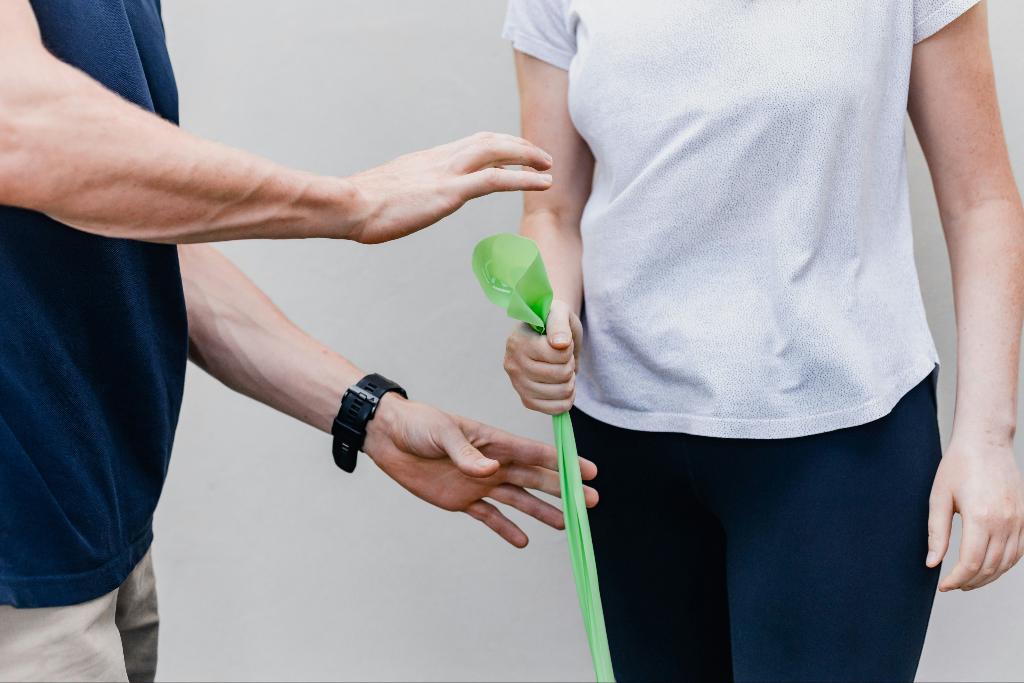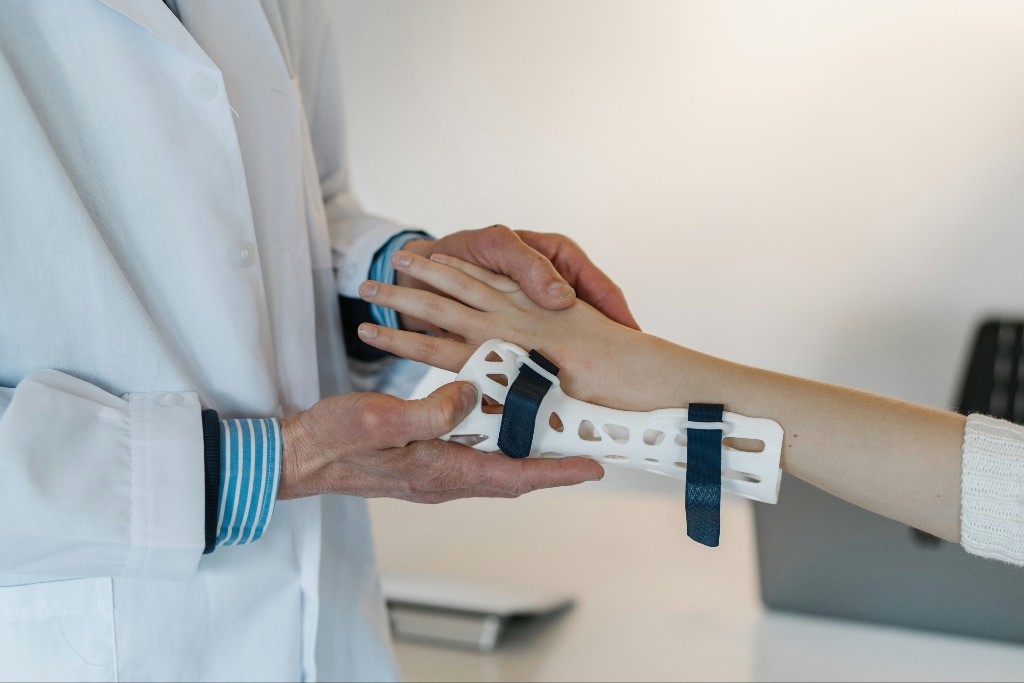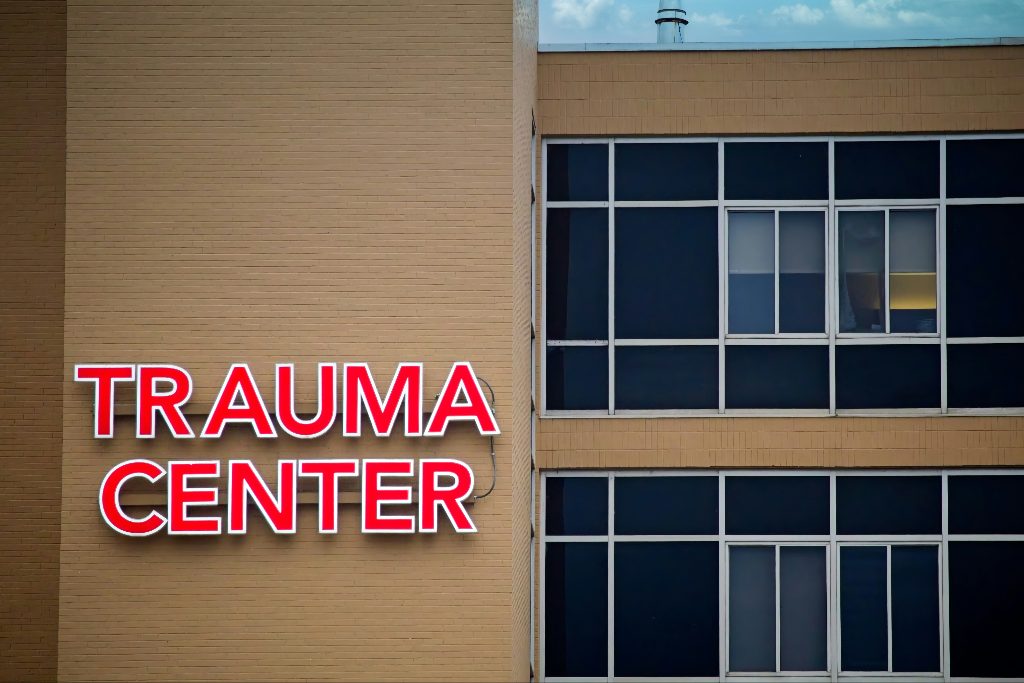Back at work physical therapy gives accident victims a guided path to recovery. After a crash, many patients are left in pain, struggling with daily routines, and worried about when they can return to work. The stress of lost income and unanswered questions about healing only adds to the burden.
Without the right care, recovery may slow, and injuries can become long-term problems. Physical therapy provides structure, relieves pain, and restores strength so patients can safely return to their jobs. Every step of the process is designed to give patients answers, direction, and peace of mind at a time when they need it most.
Common Work-Related Setbacks After an Accident
Accident injuries often create setbacks that interfere with job responsibilities and delay the ability to return to work. Pain, limited movement, and fatigue can affect both physical and desk-based tasks, leaving many workers struggling to keep up.

These are some of the most common struggles patients face when trying to return to work after an accident:
- Back Pain: Injuries to the spine often lead to sharp or lingering pain. Sitting, standing, lifting, or driving for long hours can become unbearable.
- Whiplash and Neck Strain: These injuries make simple movements like turning the head or focusing on a computer screen difficult. Headaches and dizziness are common, and interfere with concentration.
- Headaches and Concussions: Patients often describe trouble with memory, focus, and energy. These symptoms can directly impact job performance and be frustrating when they persist.
- Joint and Muscle Limitations: Damaged knees, shoulders, or ligaments make it difficult to bend, lift, or walk normally. Even small tasks can feel like big challenges.
- Fatigue and Emotional Stress: The stress of recovery, paired with pain and disrupted sleep, often leads to exhaustion and worry. These issues drain energy and make the workplace feel overwhelming.
How Physical Therapy Builds Strength and Work Readiness After an Accident
Back at work physical therapy focuses on rebuilding the body and restoring function so patients feel safe and capable again. Every session has a purpose: to reduce pain, strengthen weak areas, and prepare patients for the demands of their job.
Physical therapy helps patients:
Restore Mobility
After an accident, even simple movements like bending or lifting can feel impossible. Therapy uses guided stretches and exercises to increase flexibility and make everyday tasks manageable again.
Reduce Pain
Pain and stiffness can hold recovery back. Through targeted techniques and guided movement, therapy helps ease discomfort so patients can focus on rebuilding strength without constant soreness.
Rebuild Strength and Endurance
Accidents often weaken the body and cause fatigue. Therapy strengthens muscles, improves posture, and builds stamina, enabling patients to handle work responsibilities with confidence.
Protect Long-Term Health
When injuries are left untreated, they often turn into chronic problems. Early therapy helps prevent long-term disability and protects patients from losing mobility or function later in life.
Provide Supportive Medical Records
Consistent therapy visits create detailed medical documentation. This supports recovery and strengthens personal injury and workers’ compensation cases by providing clear evidence of injury and treatment.
Through this process, patients regain the confidence to move, work, and live without constant worry about reinjury.
What to Expect During Back at Work Physical Therapy
Recovery feels less overwhelming when patients know what to expect. Physical therapy provides structure, reassurance, and step-by-step guidance so every stage of healing feels clear.
1. Initial Assessment
Care begins with a full evaluation of the patient’s injuries, pain levels, and movement restrictions. Therapists also ask about job duties and lifestyle so the treatment plan matches real-life needs.
2. Personalized Treatment Plan
A therapy plan is built around the patient’s injuries and recovery goals. It often includes exercises, pain management techniques, and mobility work. Progress is closely tracked, and adjustments are made as needed.
3. Guided Exercises and Hands-On Therapy
In sessions, patients complete targeted exercises with supervision. This ensures safety and builds confidence in the body’s abilities. Manual therapy may be added to improve movement and reduce stiffness.
4. Job-Specific Preparation
As recovery improves, therapy introduces work-related tasks such as lifting, standing, or repetitive motions. This prepares patients to return to their jobs without setbacks.
Read: How to Maximize the Benefits of Your Physical Therapy
Why Choosing the Right Medical Team Matters for Your Recovery
Accident recovery often requires more than one type of specialist. Injuries can affect the bones, muscles, nerves, and even the brain, so relying on a single provider may leave important needs unaddressed. The right team can make the difference between a slow recovery and a safe, timely return to work.
Chiropractors restore movement, orthopedic doctors treat bones and joints, neurologists address nerve and brain injuries, and physical therapists guide hands-on rehabilitation. When these specialists coordinate care, patients receive complete treatment that supports every stage of healing.
This type of care prevents delays, strengthens medical documentation, and makes recovery smoother. At AICA Orthopedics, patients have access to all of these specialists in one place. The care is organized and connected, so patients never feel like they are piecing treatment together on their own.
Start Your Accident Recovery with AICA Orthopedics
Accident injuries can leave lasting pain, limit mobility, and create uncertainty about returning to work. Physical therapy and coordinated medical care provide patients with the tools to restore strength and protect their ability to return to work. With the right plan, recovery becomes more predictable and long-term health is safeguarded.
At AICA Orthopedics, patients have access to a full team of specialists in one place. Our clinics bring together chiropractors, orthopedic doctors, neurologists, and physical therapists who coordinate care from start to finish. We offer same-day appointments, 24/7 availability, and no out-of-pocket costs for accident victims not at fault. Every treatment plan is designed to help patients heal fully while providing the medical documentation needed to support their claims.
Do not wait to start recovery. Call (404) 855-2141 today or find the nearest AICA Orthopedics clinic to you and let us help you get back to health and back to work. We Got Your Back.





